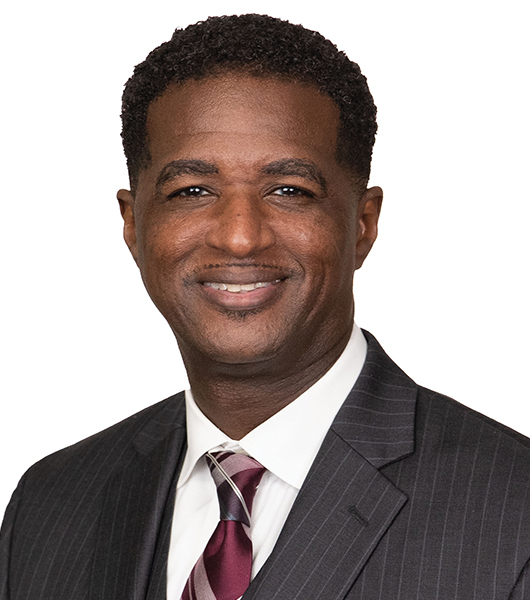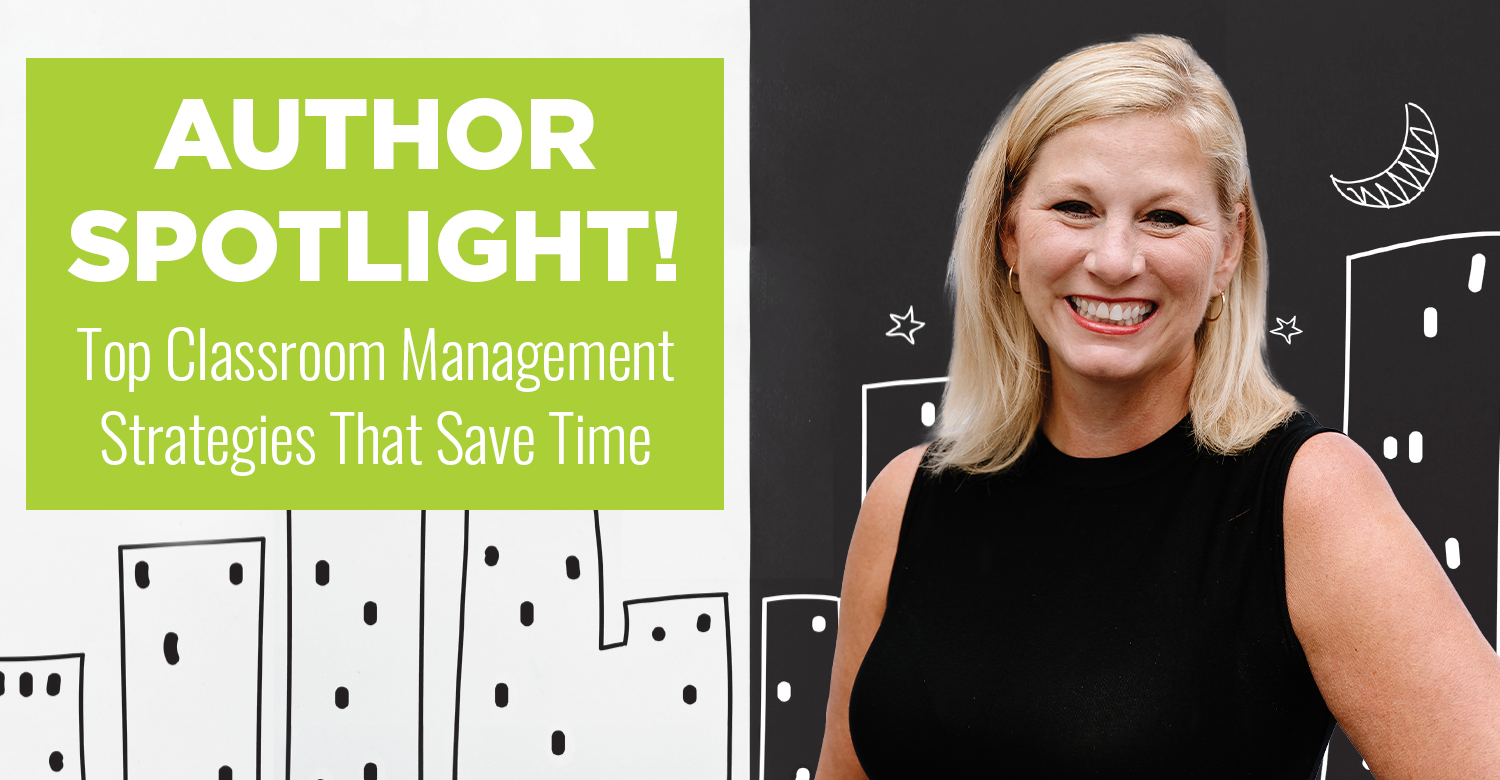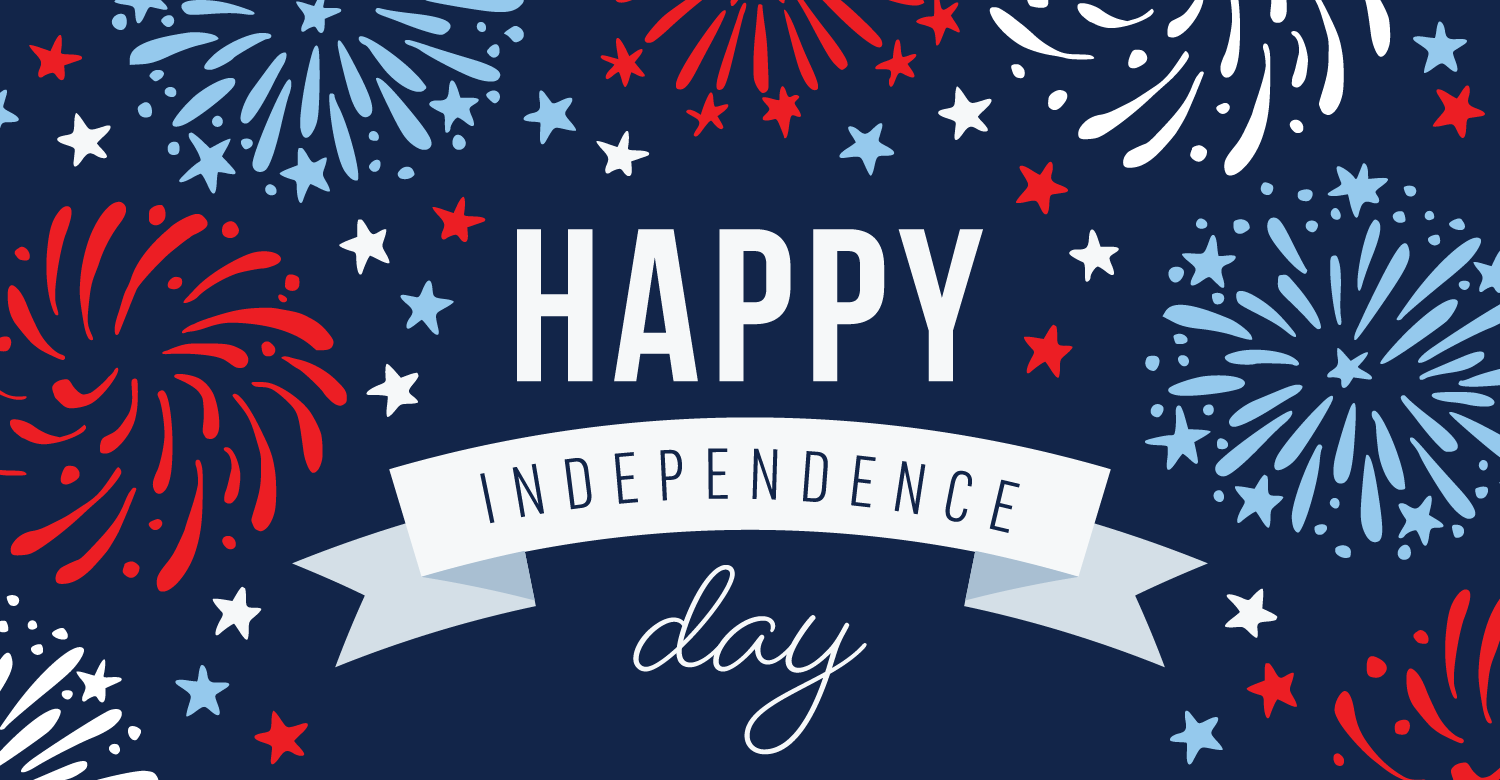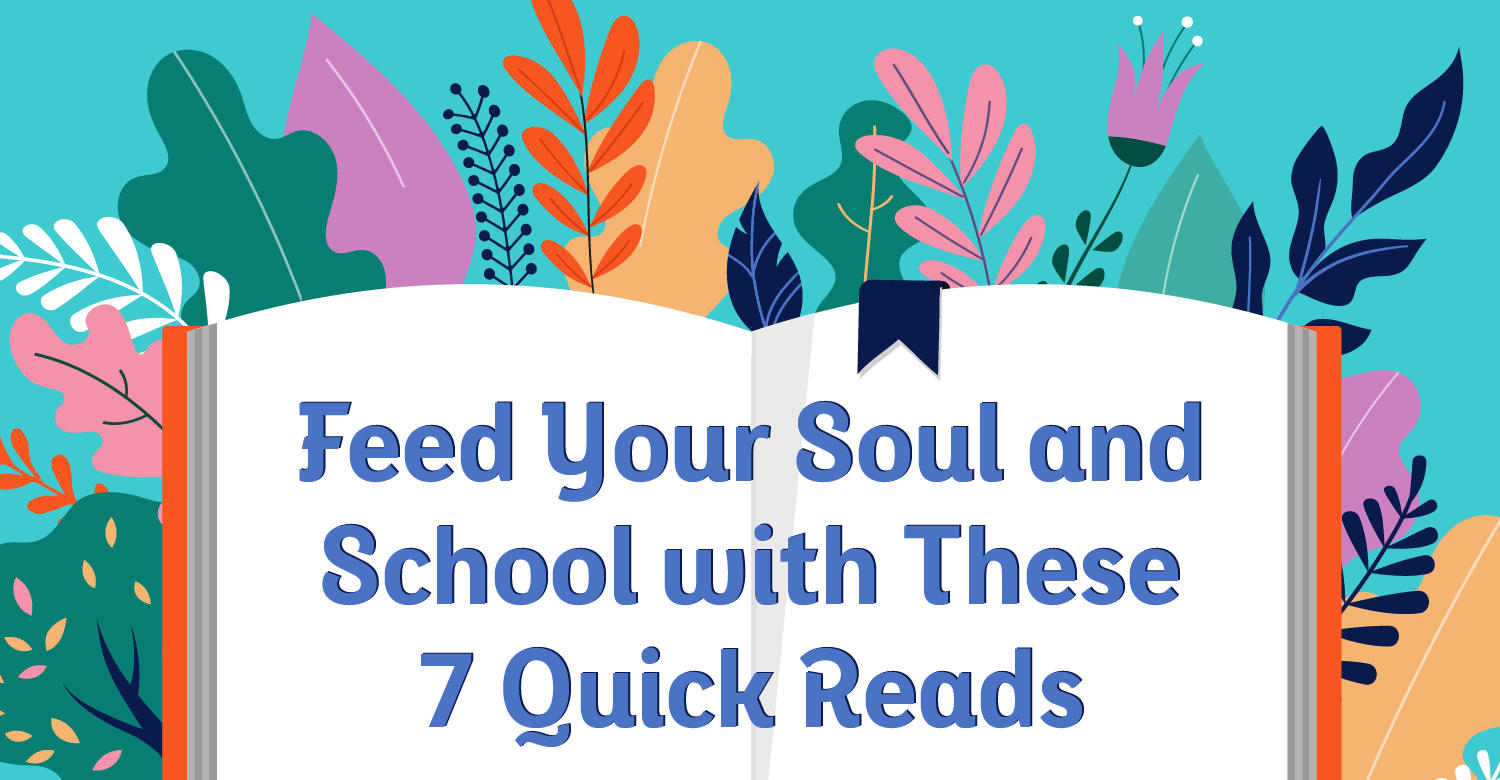The month of March 2020 will always have a prominent place in my personal history. I recall listening to the prognosticators on cable news in January of 2020 as they predicted an imminent global cataclysmic event. The news reported that this new virus that had shut down daily life in Wuhan, China, was heading to a country, town, and neighborhood near you! I was personally skeptical because I had heard of this type of prediction before. We were warned in the past about the apocalyptic danger of swine flu, SARS, and ebola, which turned out to be no more than contained regional phenomena.
Navigating the post-pandemic world
However, my experience on March 13, 2020, made it clear that COVID-19 was real and different. I was in Los Angeles preparing to fly back home to Detroit, and everyone at the restaurant where I ate looked petrified. People watched as the news reported cities declaring shelter-in-place orders, and the Los Angeles International Airport was nearly empty. Upon arriving home, I learned that my own state had ordered us to shelter in place, schools closed, businesses closed, and, like many others, I found myself confined to my home with my family for months. Life had changed forever, and I was not prepared.
Pandemics are very interesting phenomena, and they are not new to humanity. The 1918 Spanish flu pandemic was even deadlier than COVID-19, and the disruptions to daily life were equally or more significant. As we prepare for this new, post-COVID reality, wouldn’t it be wise to learn from the past so that we can plan for a brighter future?
How pandemics can spark positive social change
In 2021, Kristen Rogers wrote an article entitled “Life after the 1918 Flu Has Lessons for Our Post-Pandemic World.” In this article, she writes, “A widespread sense that time has split into two—or pandemics creating a ‘before’ and ‘after’—is an experience that’s associated with many traumatic events” (2021). Rogers points out that this feeling can actually give people permission to engage in critical changes to their lives and their societies that would not have been plausible under normal circumstances. She documents how the post–Spanish flu era brought about the following social improvements:
- Improvement in personal hygiene and disease-preventing behavior
- Advancement in medical research in the study of viruses
- Increased opportunities for women to enter the workforce due to labor shortages after the pandemic
Rethinking the role of PLCs in schools
So, I think that it is logical to ask if there are improvements that this post-pandemic window of time will give us the courage to implement? Should we look at post-pandemic life as a reset, or an opportunity to seize the moment for critical shifts in our profession? Issues like student achievement gaps, poor assessment practices, counterproductive public policies, and teacher preparation and retention were problems long before March of 2020. I propose that, like we did after the Spanish flu pandemic, we can take advantage of this transition from old to new to address some critical improvements to the field of education, and the PLC at Work® process can serve as a pathway to a better future.
The PLC at Work process, first introduced in 1998 by Robert Eaker and Rick DuFour, proposed that schools operate collaboratively, make student learning their focus, and take collective responsibility for student learning. Many educators have heard this message since its introduction in 1998, but many have viewed it as a luxury as opposed to a necessity.
This process has six critical tenets:
- Educators work collaboratively, instead of individually, and take collective responsibility for student learning.
- Educators agree to work on collaborative teams and engage in work that helps improve student learning.
- Educators clarify what’s essential for every student to learn, unit by unit, regardless of the teacher students are assigned.
- Educators agree to administer frequent common formative assessments to gather evidence of student progress toward what the team has deemed essential.
- Educators agree to use the evidence gathered by their common formative assessments to provide extra time and support for students falling short of the target of proficiency and arrange opportunities for extending learning for those students who have demonstrated proficiency.
- Educators agree to use evidence of student learning to guide their individual and collective practice.
Lessons from COVID-19
Before COVID-19, many schools heard this message, but not nearly enough engaged deeply in the process. Many feared that though these practices made practical sense, without a sense of urgency, educators would reject these critical shifts in practice because of the disruptive nature of change and a general sense of complacency.
COVID-19 proved that we can make swift and substantive shifts to our practice when absolutely necessary. Many schools transitioned their traditional face-to-face instruction into a virtual platform in a matter of months. Teachers scaled down curriculum and focused only on what was absolutely essential, given their limited access to students and the collective trauma felt by both teachers and students.
We found ways to connect and still maintain some sense of social engagement, even though we could not be physically together. In short, we proved that when change was urgent, we could band together and change!
Taking advantage of the spirit of critical change
Now that restrictions are easing, will we go back to our old habits, or will we take advantage of this spirit of critical change and action? I hope that we choose the latter. I would like to propose a wish list of four critical changes to consider in order to transform our profession for years to come.
- Commit to truly working collaboratively and build the infrastructure to support true teacher collaboration and professional engagement. This would include setting aside at least an hour per week solely dedicated to teacher collaboration and professional growth.
- Quit focusing on achieving acceptable test scores simply to get a favorable rating by the state department of education, and instead focus intensely on making sure that each student masters the small set of absolutely essential learning outcomes in every course and every unit. Commit to using assessment to gather critical evidence of student learning and building systems of support that act with a sense of urgency when student needs are identified. When we stop focusing on external recognition and truly work together to relentlessly pursue deep learning for every student, our culture improves.
- Unify to put pressure on state and federal lawmakers to pay teachers a living wage and to relieve schools from the tyranny of test-based rewards and punishment. During the pandemic, most states waived their state testing requirements to allow schools to focus on simply serving students. They did this because it was humane and it was the right thing to do. Post-pandemic, it is still humane and the right thing to do.
- Be willing to challenge one another and hold each other to a high level of professional conduct. Speak up when a colleague demeans a student or a parent or behaves in a way that stains and embarrasses our profession. We cannot expect others to respect our profession if we don’t behave like professionals.
The golden era
We are entering an era of renewal and opportunity. Let’s not simply settle for the old normal; let’s create a new normal: A reality where we can build a foundation for future generations of educators and students. A reality where 100 years from now, people can look back at 2022 and declare that this is when the field of education entered its new golden era, and our society improved because of it.
Works Cited:
Rogers, K. (2021, June 28). Life after the 1918 flu has lessons for our post-pandemic world. CNN. https://www.cnn.com/2021/06/28/health/changes-after-covid-pandemic-1918-flu-wellness-scn/index.html







